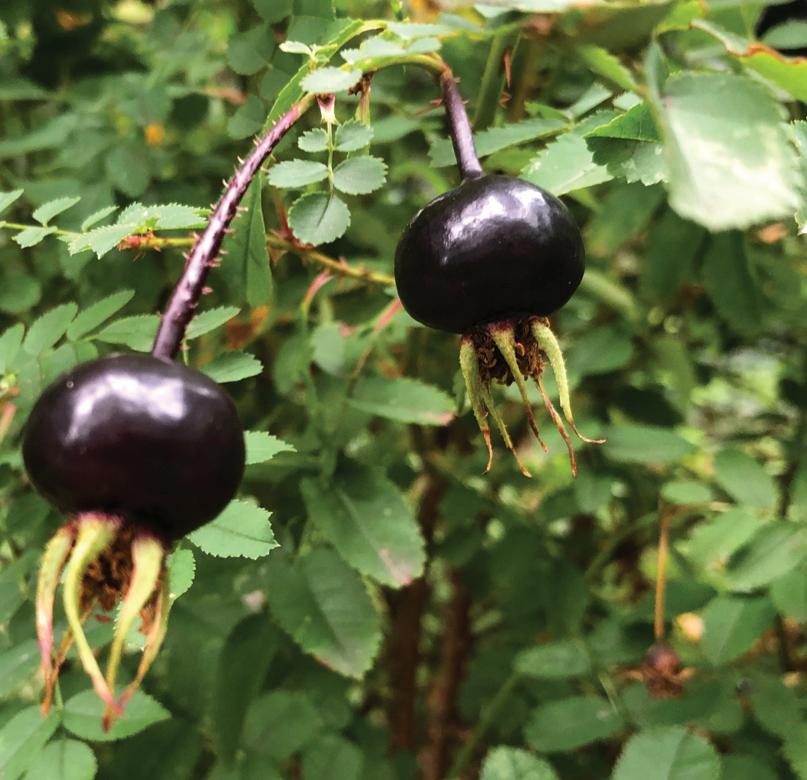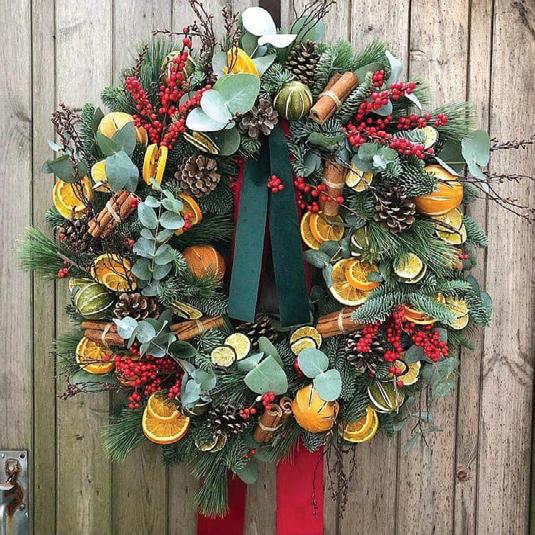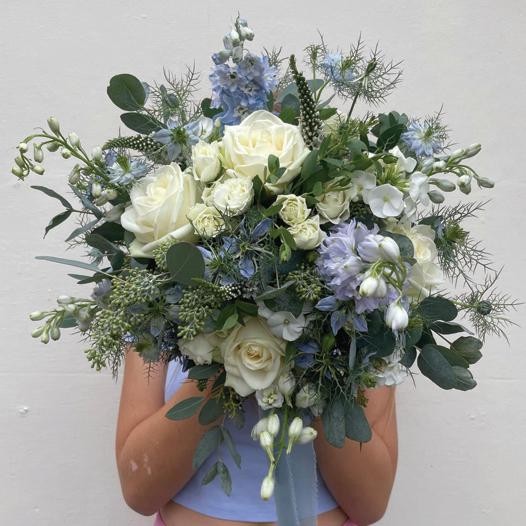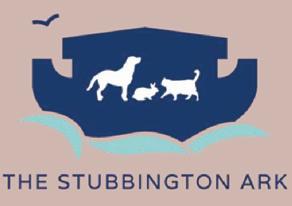
2 minute read
NOVEMBER IN CRESCENT GARDEN
If you walk along terrace walk and pause a little west of the middle you will see some lowgrowing shrubs with hairless finely divided leaves and large dramatic black fruits on them. These are Rosa spinosissima plants, also known as Burnet Rose or Scotch Rose. It is the only wild rose which has such large black rose hips. All its names are entirely appropriate; the specific name, ‘spinosissima’, because it is very spiny with large thorns interspersed with smaller, but very sharp prickles, along every stem. The name Burnet Rose is given to it as its leaves are thought to look like those of salad burnet (Sanguisorba minor) and Scotch Rose as it is an emblem of Scotland almost as important as the thistle. It came into prominence in Scotland due to its use by Charles Edward Stuart (Bonnie Prince Charlie; 1720-1788) on the centre of his flag and may have been the source of the Jacobite white cockade. Its use as an emblem in Scotland goes back much further than that. The white rose is the plant badge of the clan Keith, which dates back to 1034. It was later also used by Robert the Bruce in the thirteenth century. The plant is also associated with tartan - the hips provide dyes which can be used to create some of the colours in tartans.
The plant sometimes goes under yet another name, Rosa pinpinellifolia, because its pinnate leaves are rather similar to the leaves on the herb Pinpinella, which is not unlike cow parsley.
Advertisement
Burnet Rose is native to Britain and also to most of the rest of Europe, large parts of Asia and North Africa. In the wild it is quite common, to be found mainly in coastal districts on sand dunes and heathland; inland it grows in the cracks of limestone pavement and occasionally on chalk downland. It spreads by means of basal shoots, thus forming good ground cover. Its prickles prevent animals eating it so it can form clumps over a very wide area. In gardens it is often grown as a good prickly hedge, not eaten by rabbits or deer, doing best in bright sunshine and light soils.
The flowers appear in May and June. They are simple with five white petals, a cluster of bright yellow stamens in the centre, a very delicious scent and plenty of nectar. So they are very attractive to a number of pollinators; bees, flies, moths and butterflies. The hips make a very good bird food in the autumn. For humans these fruits are very sweet and pleasant tasting eaten raw or cooked and are an exceptionally good source of vitamin C. Care, however, must be taken to remove the hairs from the seeds as they can irritate mouth and bowels. The seeds are a good source of vitamin E and can be ground up and used as a supplement, added to flour. A pleasant tasting fruity tea can be made from the large black hips. Extracts from the fruit are also being investigated as a means of reducing cancer.
So all in all, a great plant for Crescent Garden and yours, due to its beauty, its usefulness and its hardiness.
Rita Rundle
Crescent Garden, Crescent Road, Alverstoke alverstokecrescentgarden.co.uk
















